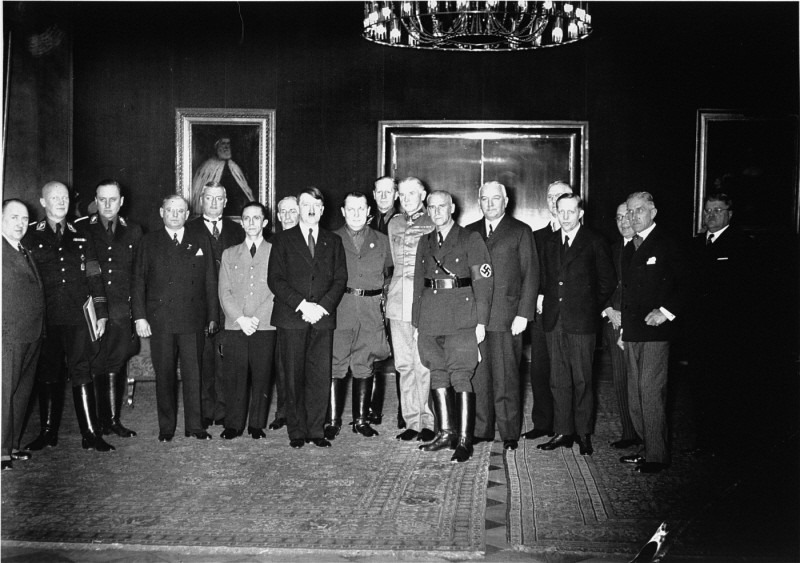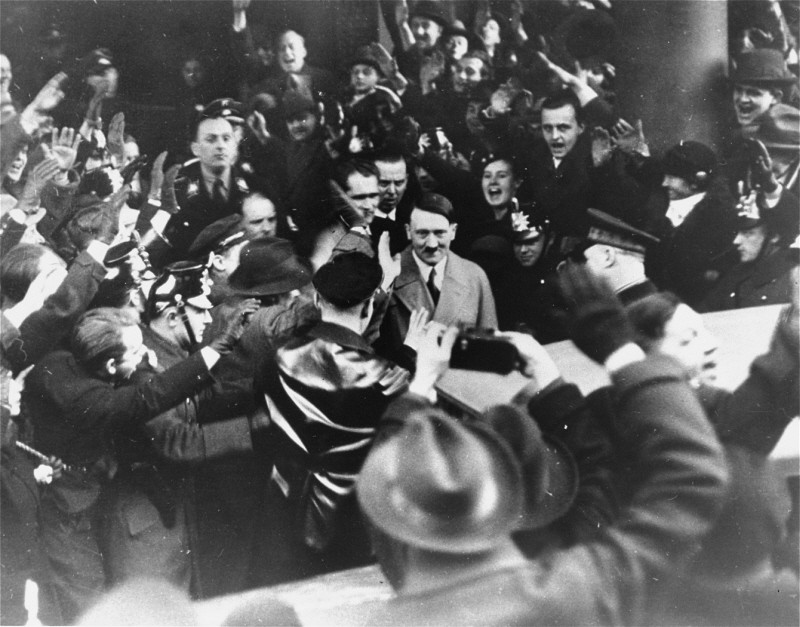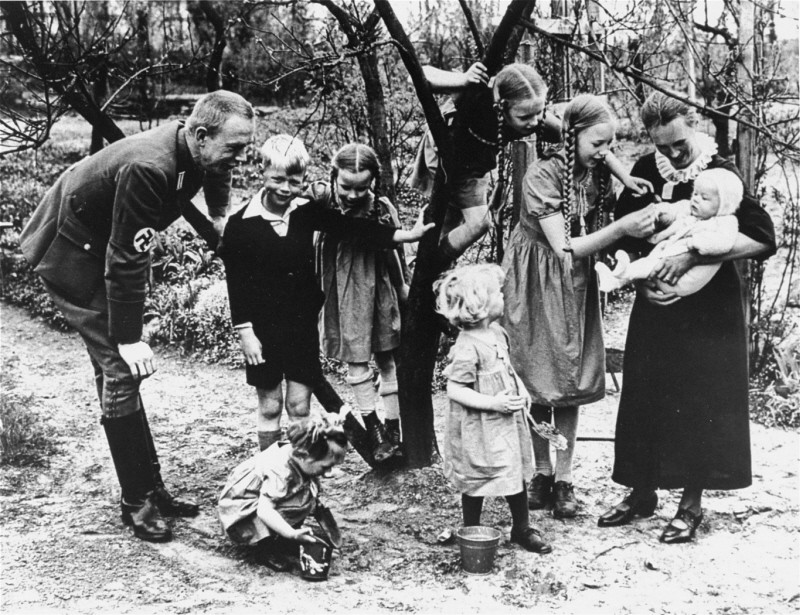
Third Reich: An Overview

The Nazi rise to power brought an end to the Weimar Republic, a parliamentary democracy established in Germany after World War I. Following the appointment of Adolf Hitler as chancellor on January 30, 1933, the Nazi state (also referred to as the Third Reich) quickly became a regime in which Germans enjoyed no guaranteed basic rights. After a suspicious fire in the Reichstag (the German Parliament), on February 28, 1933, the government issued a decree which suspended constitutional civil rights and created a state of emergency in which official decrees could be enacted without parliamentary confirmation.
In the first months of Hitler's chancellorship, the Nazis instituted a policy of "coordination"—the alignment of individuals and institutions with Nazi goals. Culture, the economy, education, and law all came under Nazi control. The Nazi regime also attempted to "coordinate" the German churches and, although not entirely successful, won support from a majority of Catholic and Protestant clergymen.
Extensive propaganda was used to spread the regime's goals and ideals. Upon the death of German president Paul von Hindenburg in August 1934, Hitler assumed the powers of the presidency. The army swore an oath of personal loyalty to him. Hitler's dictatorship rested on his position as Reich President (head of state), Reich Chancellor (head of government), and Fuehrer (head of the Nazi party). According to the "Fuehrer principle," Hitler stood outside the legal state and determined matters of policy himself.

Hitler had the final say in both domestic legislation and German foreign policy. Nazi foreign policy was guided by the racist belief that Germany was biologically destined to expand eastward by military force and that an enlarged, racially superior German population should establish permanent rule in eastern Europe and the Soviet Union. Here, women played a vital role. The Third Reich's aggressive population policy encouraged "racially pure" women to bear as many "Aryan" children as possible.
Within this framework, "racially inferior" peoples, such as Jews and Gypsies, would be eliminated from the region. Nazi foreign policy aimed from the beginning to wage a war of annihilation against the Soviet Union, and the peacetime years of the Nazi regime were spent preparing the German people for war. In the context of this ideological war, the Nazis planned and implemented the Holocaust, the mass murder of the Jews, who were considered the primary "racial" enemy.
Open criticism of the regime was suppressed by the Gestapo (secret state police) and the Security Service (SD) of the Nazi party, but Hitler's government was popular with most Germans. There was, however, some German opposition to the Nazi state, ranging from nonconformity to the attempt to kill Hitler on July 20, 1944.
The Allies defeated Nazi Germany and forced a German surrender on May 8, 1945.
Critical Thinking Questions
- How did the Nazi regime consolidate power in its first year? What warning signs for genocide may have been been present?
- How did the regime maintain power? What warning signs for genocide may have been present?

